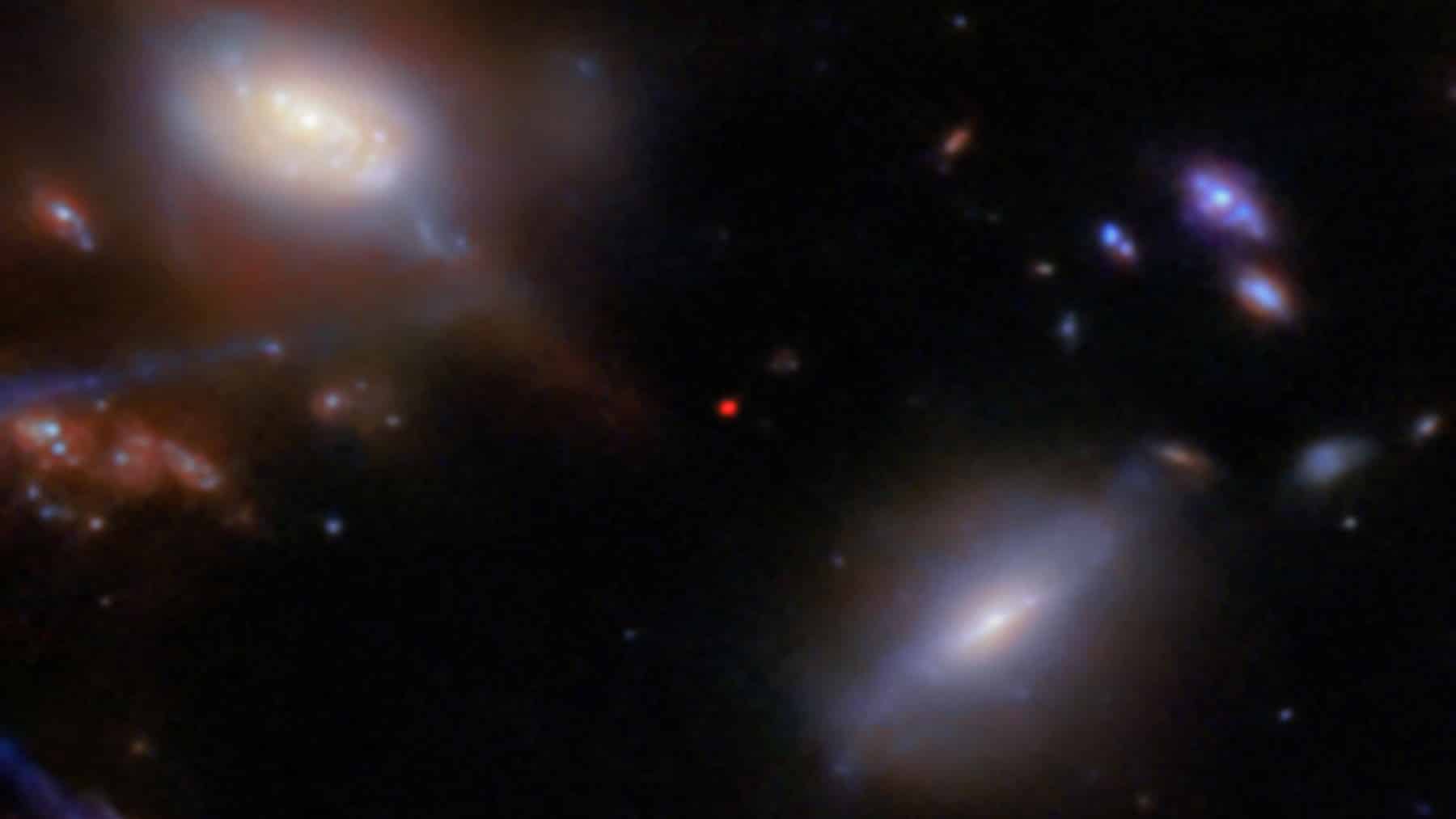Just when humanity feels like it has uncovered a series of cosmological mysteries, the occurrence of something so profoundly strange has sparked a wave of questions in people’s minds. Even astronomers seem to be puzzled at the shadow so immense and dark, drifting across the cosmos while spanning over 13 billion light-years. More importantly, what cosmic spectacle could cast a shadow this intense? This article will explain more about this.
Uncovering the phenomena that have left astronomers distraught
While in space, astronomers were examining planetary behavioral patterns when they came across such a distinct wavelength. It wasn’t delegated much attention at first because it was presumed to be a regular phenomenon with usual readings from past experiences, but upon further examination and deeper infrared probing, the readings seemed to be oddly consistent over multiple observations. One of the distinctive features of the readings is that entropy is reduced over multiple observations.
Another distinctive feature that was stipulated by scientists is the erratic levels of entropy in its drift. A void similar to how a shadow operates, which might mean stationary motion most times, but this one seemed to be drifting across the cosmos like a bottle being carried along oceanic currents to the far reaches of intercontinental reefs.
Once the observation was recorded and sent back to Earth, international space agencies and laboratories sprang up to decode the recorded information. A major observation was that the readings defied all preexisting knowledge and perception about spatial phenomena. It was the first of its kind. What added to this ambiguity was the existential form of the spatial phenomena. Existing in the form of a shadow seemed to be quite different from what these space agencies and laboratories were used to.
Uncovering the existential nature of the phenomena
When examining a cosmological occurrence of this magnitude, the first thought that comes to mind is to analyze and try to detect the structural buildup of its existence. The closest answer to this question that astronomers could put forward was dark matter.
In the scientific approach to solving problems, multiple hypotheses can be put forward. Once the foundation of the dark matter hypothesis was deemed somewhat inaccurate, a group of scientists stipulated that the phenomenon was formed since the Big Bang in the form of a colossal gas cloud.
A far more radical idea emerged from a small group of cosmologists: the “fracture hypothesis.” According to this theory, the shadow may represent a scar in the very fabric of space-time, left over from the universe’s violent birth. If true, this would be evidence that the early universe didn’t expand evenly and that some ancient disturbances never healed. Instead, they may have continued to grow, drifting and warping everything in their path.
Movement that shouldn’t exist
The motion of the shadow remains the most perplexing feature. Most large-scale structures in the universe are locked into the expansion of space itself. They move only as fast as the universe grows. But this shadow appears to drift independently, suggesting it’s being influenced by forces or physics outside current understanding.
What could this spontaneous cosmological movement be?
Could it be gravitational pull from something even larger and undetectable? A ripple from a parallel universe brushing ours? Or are we witnessing the result of a cosmic collision long past, still echoing through space? Whatever the cause, its trajectory is being closely monitored. And so far, it shows no sign of slowing.
This drifting shadow reminds us that even after decades of astronomical advances, we are still looking through a keyhole at a vast, unknowable room. The universe is old, but not quiet. It still moves, speaks, and sometimes blinks. Whether this 13‑billion‑light‑year shadow is a relic, a sign, or a warning remains to be seen. But one thing is certain: it’s no longer just darkness we’re staring into. Something is staring back!
